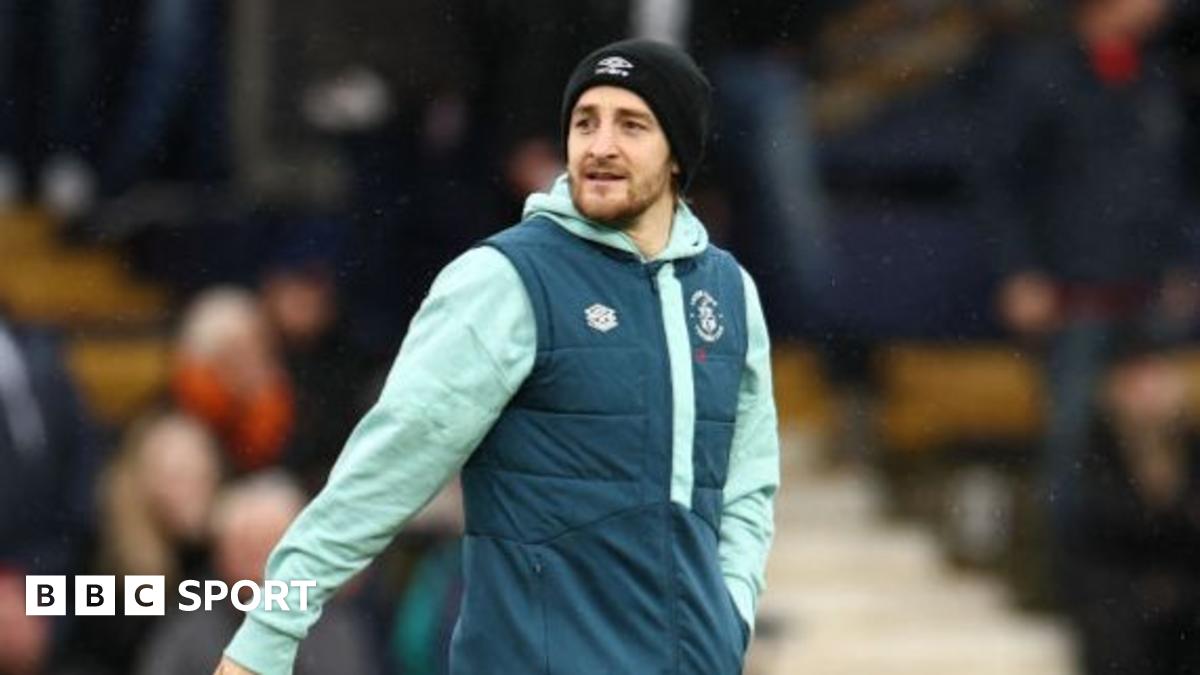Judge Claudia Wilken Sets Deadline for NCAA Settlement Negotiations

In a pivotal development in the ongoing House v. NCAA case, Judge Claudia Wilken of the United States District Court for the Northern District of California has issued a significant deadline. On Wednesday, she instructed the defendantsprimarily the NCAA and its associated power conferencesto reach an agreement regarding the gradual implementation of new roster size regulations within a strict timeframe of 14 days. Failure to comply with this directive could result in the outright rejection of a landmark settlement that seeks to reshape the landscape of college athletics.
One of Judge Wilken's primary concerns is the treatment of current student-athletes. She has advocated for the concept of grandfathering in these athletes, which would allow them to remain on their respective teams until their eligibility officially expires. This approach is imperative to avoid a scenario where nearly 5,000 athletes face the risk of losing their spots on rosters across the NCAA's 43 sponsored sports. The proposed roster limits, which also include provisions for unlimited scholarships, have been met with resistance from NCAA attorney Rakesh Kilaru, who has voiced opposition to the idea but has agreed to collaborate with the plaintiffs legal team to devise a viable solution.
Following Judge Wilken's announcement, the NCAA and the five power conferences issued a statement acknowledging the deadline. They emphasized their commitment to reviewing the court's order thoroughly. Our focus continues to be on securing approval of this significant agreement, which aims to create more opportunities than ever before for student-athletes while fostering much-needed stability and fairness in college sports, the statement read.
The implications of this settlement are monumental. If accepted, it would lead to a reduction in football rosters to 105 players, a move that may force many schools to cut 20 or more players from their teamssome institutions have already begun this process in anticipation of the settlement's approval.
At the heart of this legal battle is a staggering $2.8 billion settlement that would enable colleges to compensate athletes directly with millions of dollars starting July 1. Notably, the revenue-sharing structure outlined in the agreement is designed to cap each schools share at $20.5 million, with an annual increase of 4% over the 10-year duration of the agreement. Additionally, provisions for $2.8 billion in back payments for athletes who participated in NCAA sports between 2016 and 2024 would be initiated upon Judge Wilken's formal approval.
The class-action antitrust lawsuit, initiated in 2020 by Arizona State swimmer Grant House and womens college basketball player Sedona Prince, aims to lift restrictions surrounding the revenue sharing of media rights among the NCAA and the Power Five conferences. Legal heavyweights Steve Berman and Jeffrey Kessler have been representing the plaintiffs in this high-stakes litigation.
If the settlement is approved, it would effectively resolve three separate antitrust lawsuits, namely Carter v. NCAA, House v. NCAA, and Hubbard v. NCAA, marking a significant moment in the battle for athletes rights.
Looking ahead, many colleges are beginning to adapt their revenue-sharing models to align with the anticipated back-payment structure. This new model is expected to allocate roughly 75% of future revenue to football players, with mens basketball receiving 15%, womens basketball 5%, and the remaining sports distributing the final 5%. However, the specific allocation may vary from school to school, particularly among power programs, which have tended to share similar revenue models.
Despite the advancements, concerns surrounding Title IX compliance and ongoing antitrust issues are expected to persist post-settlement approval. Instead of the NCAA facing litigation, individual schools may soon find themselves the target of lawsuits as athletes challenge their respective revenue-sharing arrangements. This could lead to a situation where a womens basketball player files a lawsuit against her school for perceived inequities in cash distribution compared to her male counterparts.
In a bid to secure a more favorable legislative environment, the NCAA has historically lobbied Congress for protections from antitrust litigation, a campaign that is set to intensify once again. On Tuesday, the House Education and Workforce Committee will conduct its 13th hearing focused on college sports. In the following days, conference commissioners, athletic directors, and coaches will converge on Capitol Hill to garner support for federal legislation that would solidify the terms of the House settlement, an effort that has been in motion since 2019. College leaders are also expected to engage with Senator Ted Cruz, who is working on a bill that could provide the NCAA with limited antitrust protections.
In addition to legislative lobbying, the power conferences are actively developing a new enforcement arm to oversee adherence to the settlement terms. This organization will be tasked with monitoring Name, Image, and Likeness (NIL) deals and ensuring compliance with revenue-sharing practices at the school level. This shift essentially means that the NCAA would relinquish some oversight power, allowing the new entity to handle enforcement and penalization related to improper benefits.
As for the financial implications of this monumental settlement, the NCAA is responsible for covering 40% of the $2.77 billion settlement. The remaining 60% will be sourced from reductions in revenue distributions to the 32 Division I conferences over the next decade, totaling around $1.6 billion. The distribution formula is based on prior revenue allocations over a nine-year period, heavily influenced by basketball units tied to NCAA Tournament participation. Notably, the Power Five conferences, which include the ACC, Big Ten, Big 12, Pac-12, and SEC, will collectively shoulder 24% of the settlement costs, while the Group of Five conferences will contribute 10%. Additionally, the Football Championship Subdivision (FCS) will cover 14%, and non-football conferences within Division I are expected to pay 12% of the overall settlement.
As the situation continues to evolve, all eyes remain on Judge Wilken and the implications her decisions will have on the future of college sports and the treatment of student-athletes.




























